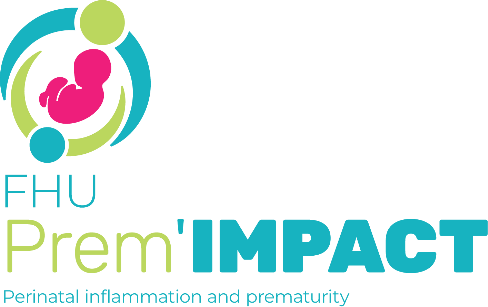Abstract
Aim : infants born very preterm spend their early postnatal life in a neonatal intensive care unit, where irregular and unpredictable sounds replace the structured and familiar intrauterine auditory environment. Music interventions may contribute to alleviate these deleterious effects by reducing stress and providing a form of environmental enrichment.
Material and Methods : this was an ancillary study as part of a blinded randomised controlled clinical trial entitled the effect of music on preterm infant’s brain development. It measured the impact of music listening on the autonomic nervous system (ANS), we assessed heart rate variability (HRV) through high-resolution recordings of heart rate monitoring, at three specific postmenstrual ages in premature infants.
Results : from 29 included subjects, 18 were assessed for complete HRV dataset, including nine assigned to the music intervention and nine to the control group. Postmenstrual age appeared to be the main factor influencing HRV from 33 weeks to term equivalent age. Further analyses did not reveal any detectable effect of music intervention on ANS response.
Conclusion : this study found that ANS responses were not modified by recorded music intervention in very preterm infants during wakefulness or sleep onset. Further research is warranted to explore other factors influencing ANS development in this population.
